Featured resources
.webp)
Liquidation Heroes Webinar: How Top CPGs Turn Distressed Inventory into Opportunity
In less than 45 minutes, our Liquidation Heroes shared invaluable insights on managing excess inventory. But just in case, the TL;DW (too long, didn’t watch) recap is here!
.webp)
Liquidation Heroes Webinar: How Top CPGs Turn Distressed Inventory into Opportunity
In less than 45 minutes, our Liquidation Heroes shared invaluable insights on managing excess inventory. But just in case, the TL;DW (too long, didn’t watch) recap is here!

Navigating excess inventory: tried-and-true discounting strategies in CPG
This webinar explored strategies and best practices for effectively managing and monetizing excess inventory, helping CPG companies optimize their profits and reduce waste. Watch the recording to learn from industry leaders at Campbell Soup Company, Kraft Heinz, and McCormick!

Navigating excess inventory: tried-and-true discounting strategies in CPG
This webinar explored strategies and best practices for effectively managing and monetizing excess inventory, helping CPG companies optimize their profits and reduce waste. Watch the recording to learn from industry leaders at Campbell Soup Company, Kraft Heinz, and McCormick!






.avif)
.avif)

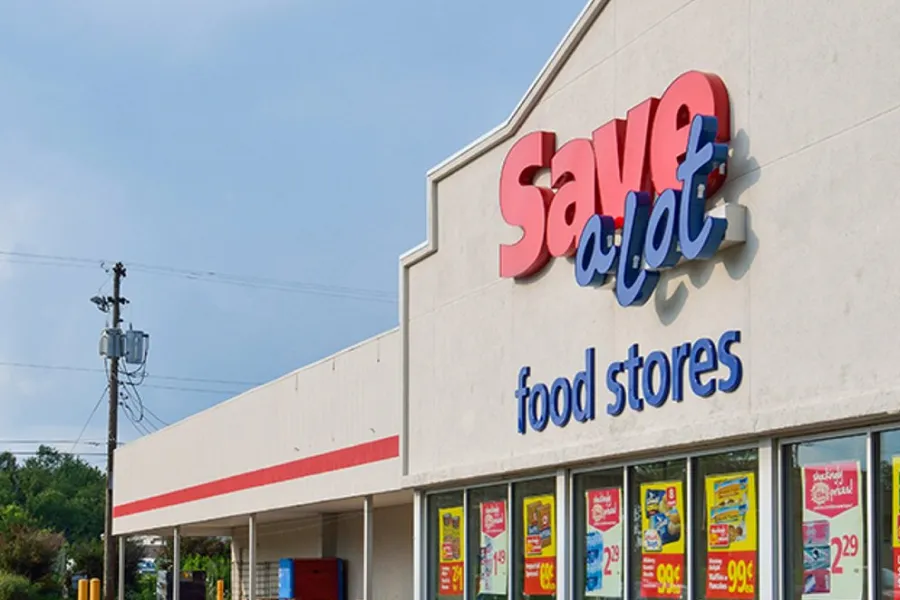



.webp)

.webp)


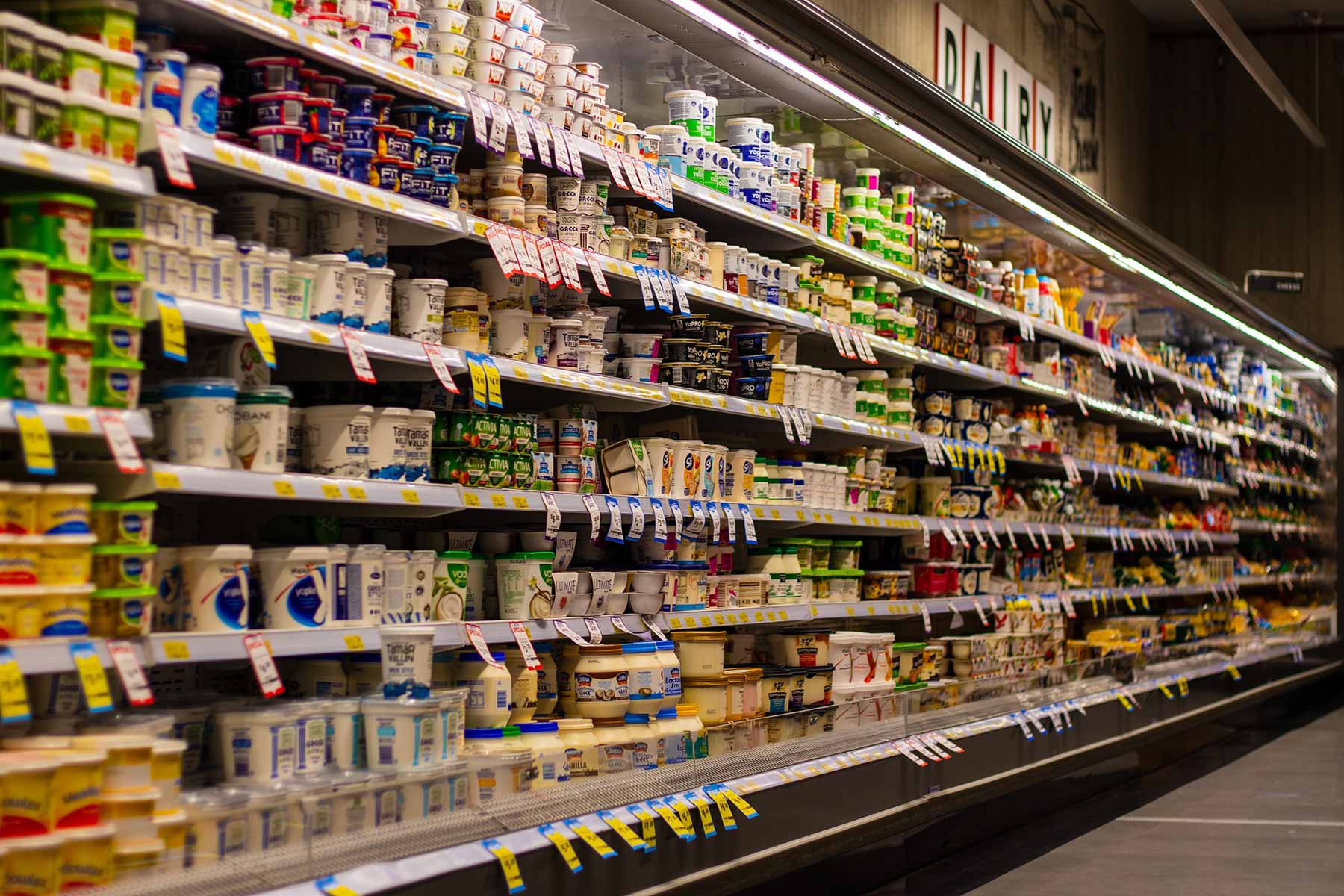

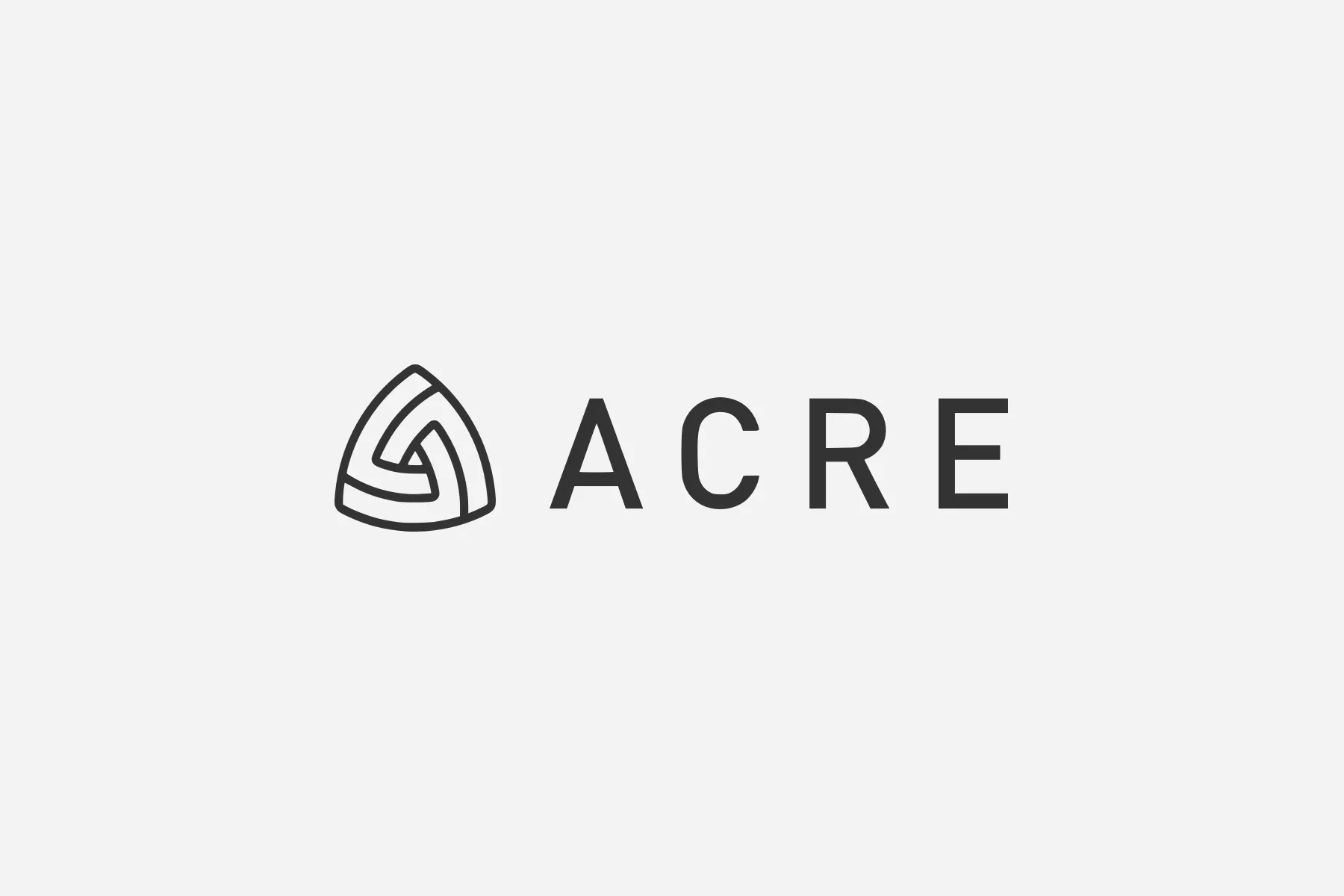


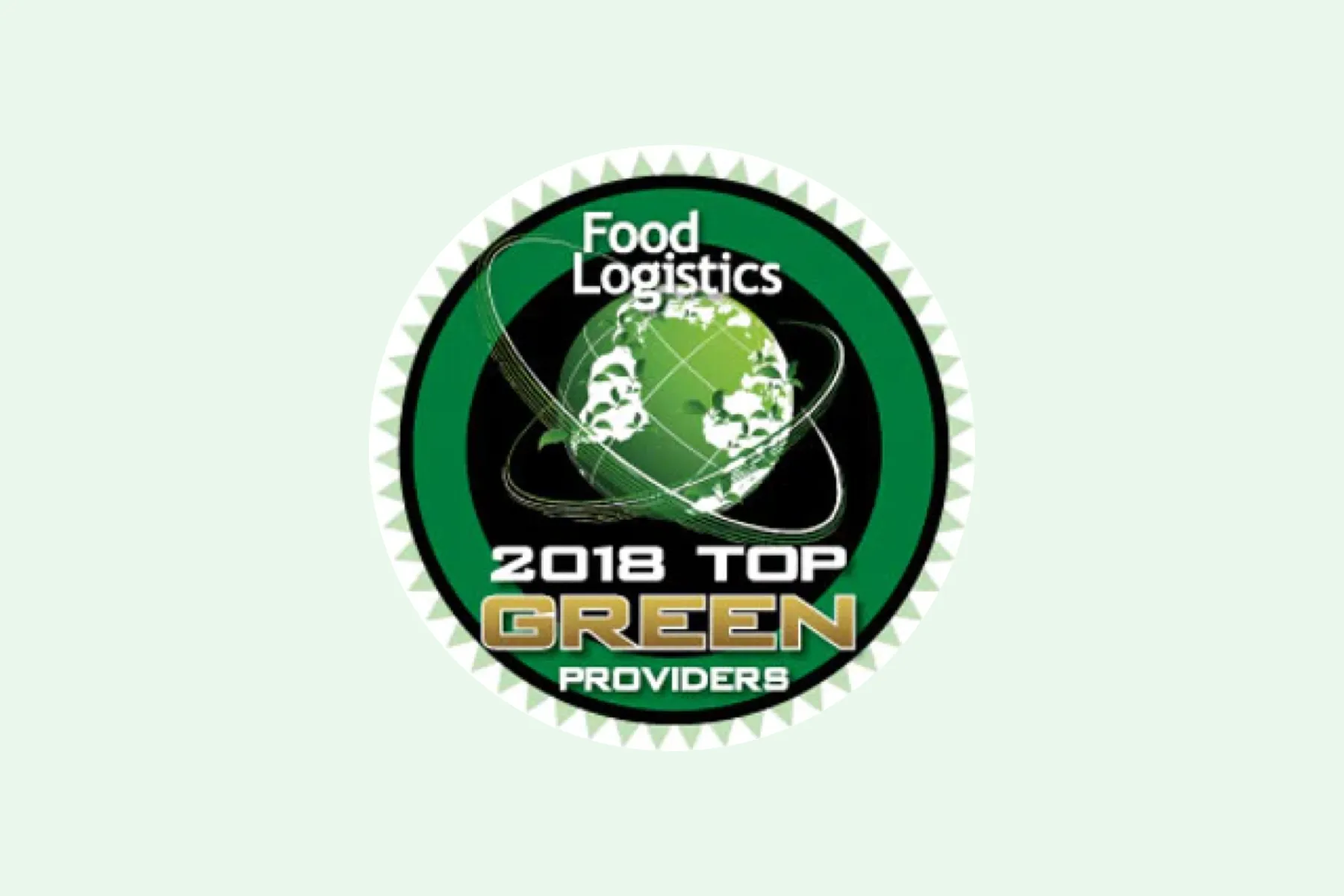





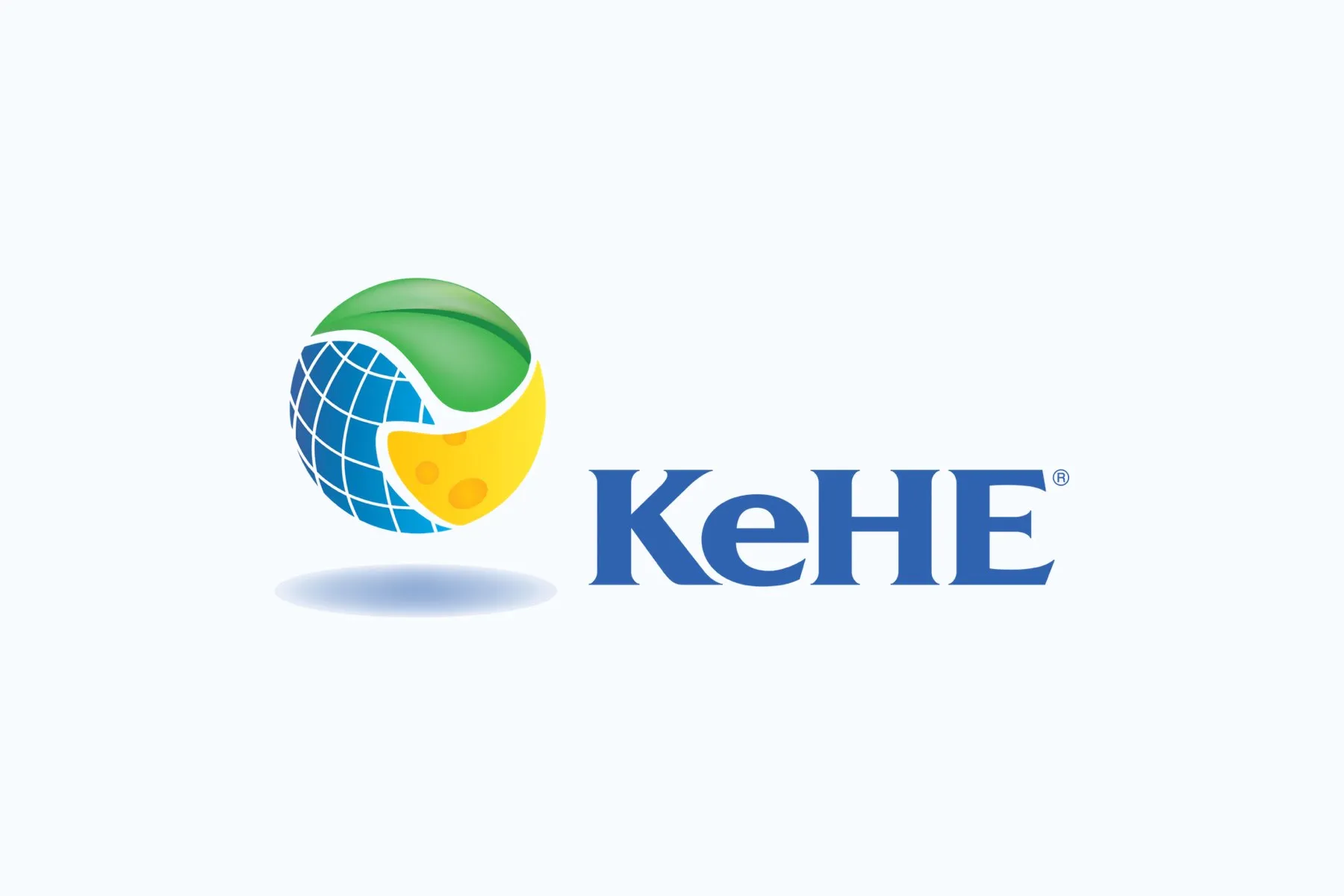


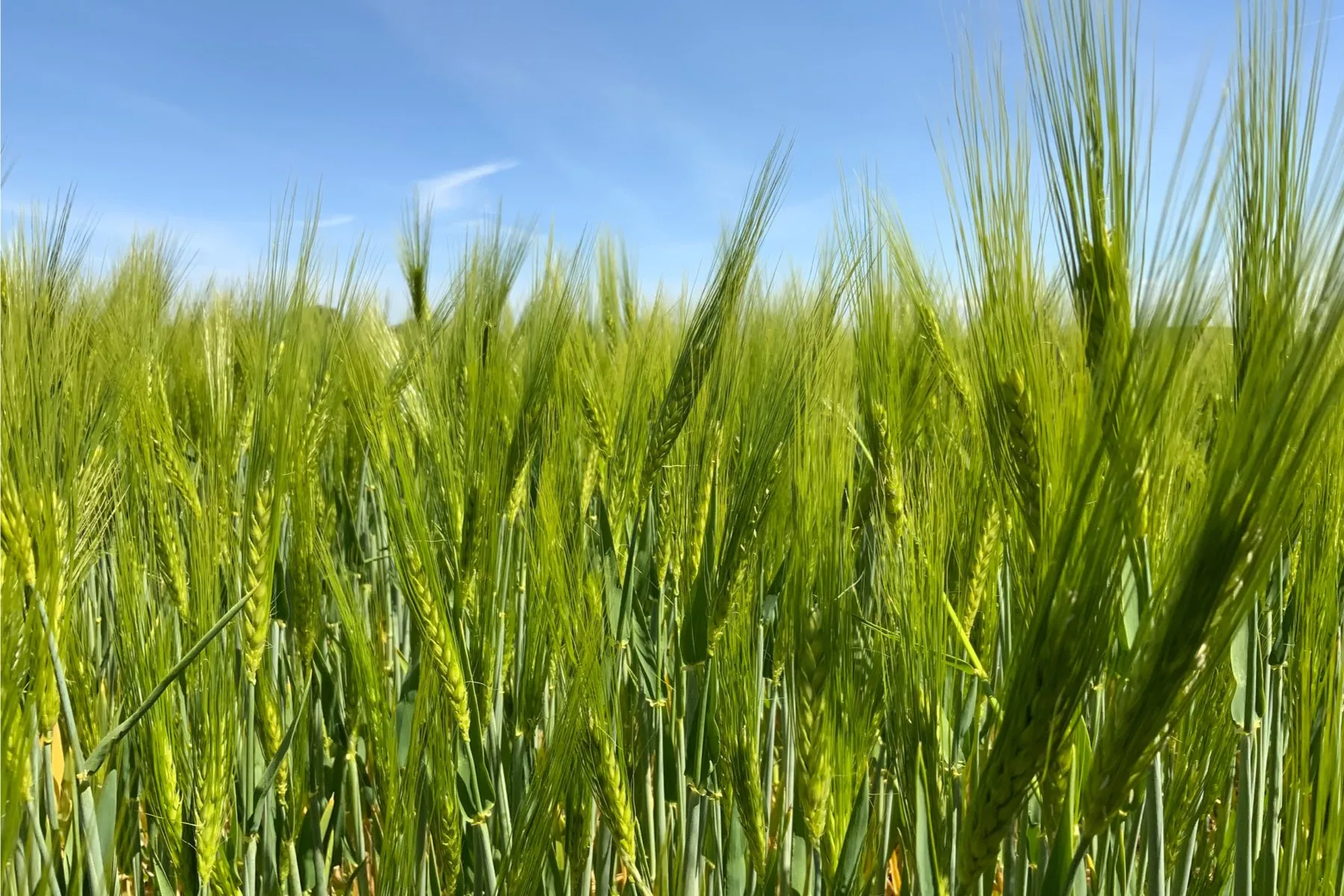
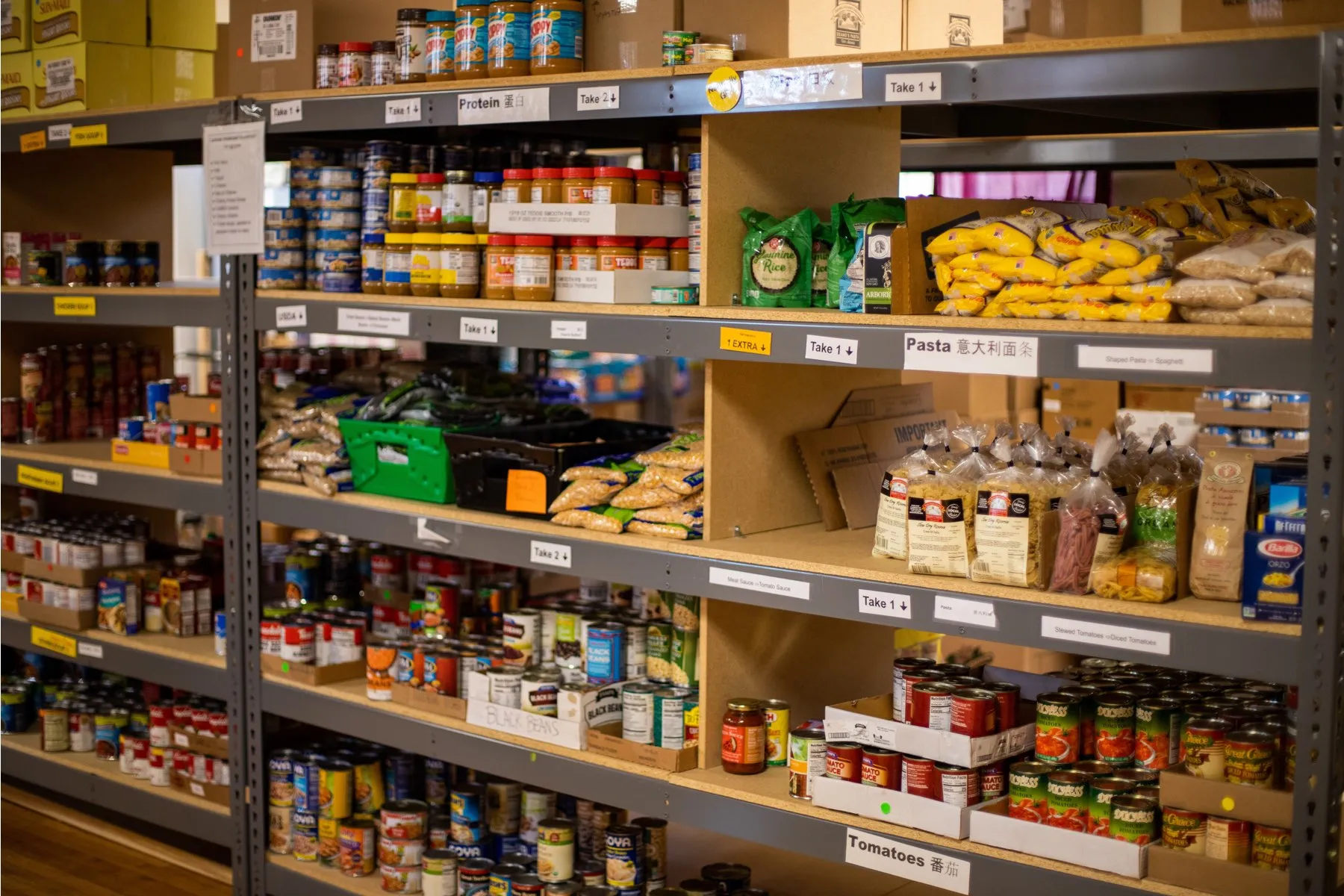

.webp)

